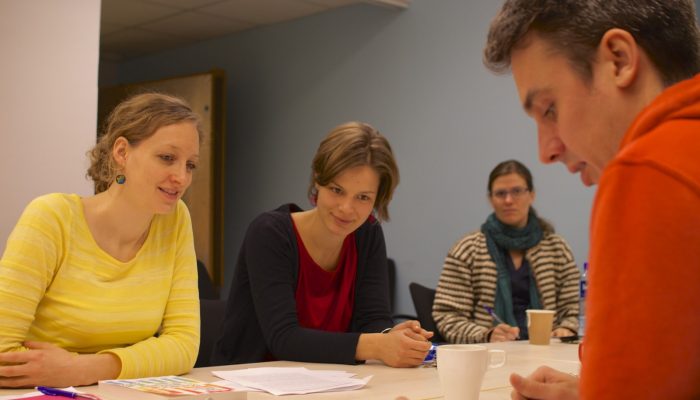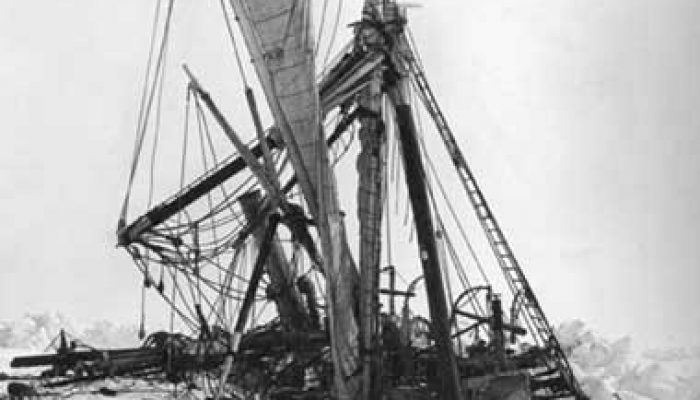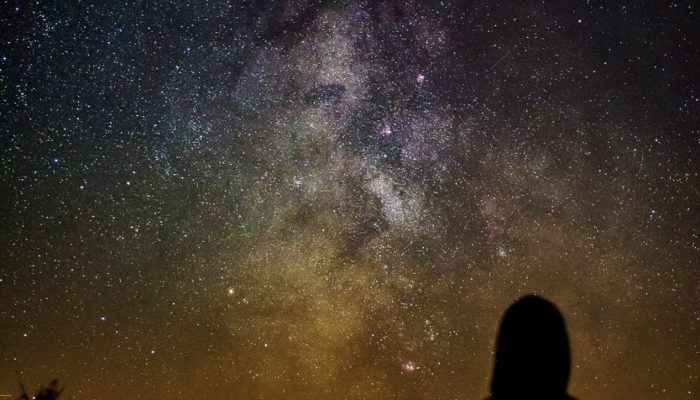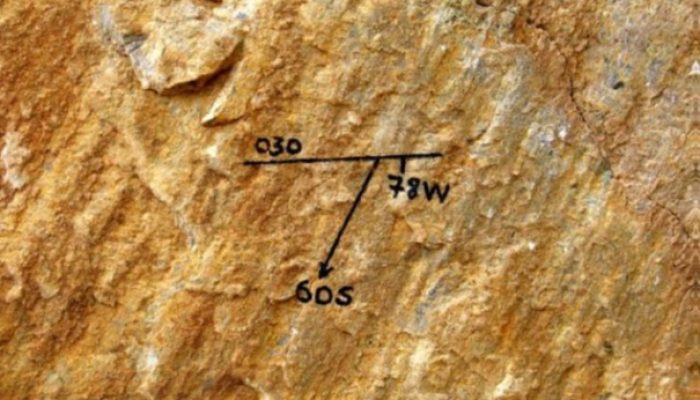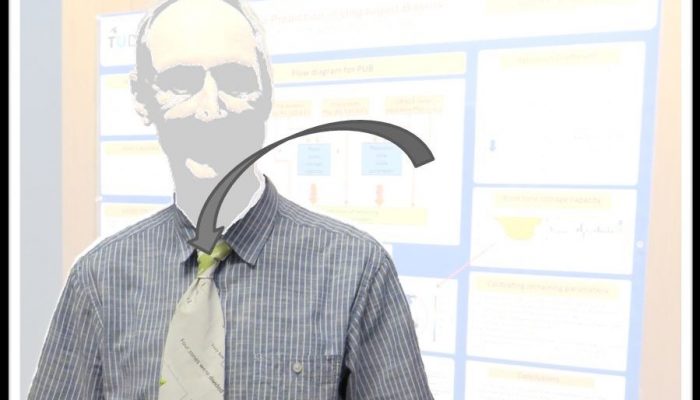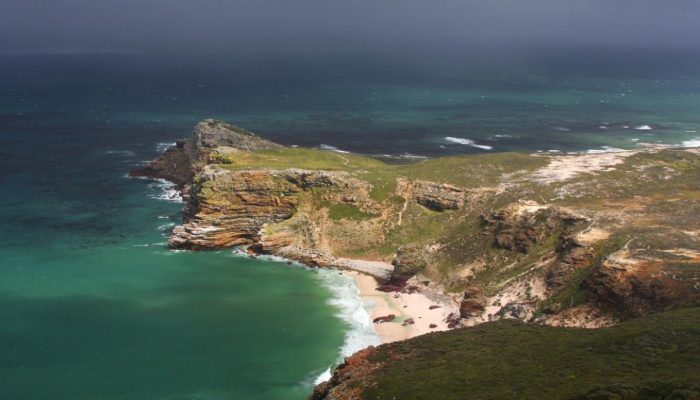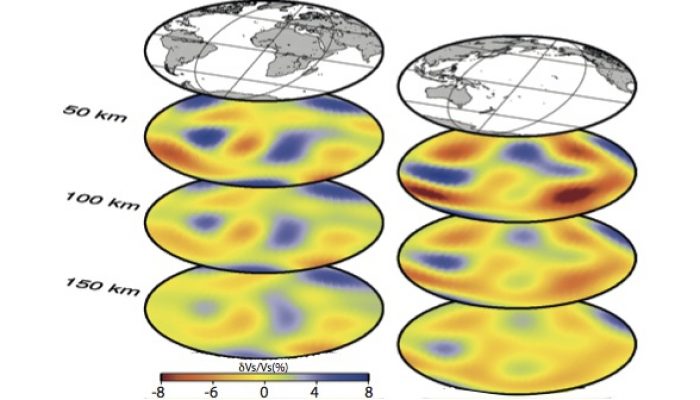Writing is something that those pursuing a career in academia are expected to be good at. It is a requirement of the job, yet it is a skill few get any formal training in and simply rely on the old saying that practice makes perfect. But what if there is another way? Mathew Stiller-Reeve is a co-founder of ClimateSnack, a writing group organization, which aims to tackle the problem. In today’s pos ...[Read More]
Cryospheric Sciences
Image of The Week – 100 years of Endurance!
The 30th August 2016 marks 100 years since the successful rescue of all (human) member of Shackleton’s Endurance crew from their temporary camp on Elephant Island (see map). Nearly a year prior to their rescue they were forced to abandon their ship – The Endurance – after it became stuck in thick drifting sea ice, known as pack ice, trying to navigate the Weddell Sea. It was the last major e ...[Read More]
GeoLog
Imaggeo on Mondays: counting stars
This year’s imaggeo photo contest saw humdreds of great entries. Among the winning images was a stunning night-sky panorama by Vytas Huth. In today’s post, Vytas describes how he captured the image and how the remote location in Southern Germany is one of the few (in Europe) where it is still posssible to, clearly, image the Milk Way. I took the image in October 2015, usually the last ...[Read More]
Tectonics and Structural Geology
Features from the field: Slickenside Lineations
In this Tectonics and Structural Geology blog we will use different categories for our blog-posts. The first category we present to you is all about field geology: “Features from the field”. One of our bloggers, Mehmet Köküm, spends a lot of time in the field for his PhD and will share some of the features used in structural geology with us. This edition of ‘Features of the Field’ will be all abou ...[Read More]
GeoLog
GeoTalk: REcycle textile posters into useful products
Conference posters: Most scientists spend tens (if not hundreds) of working hours perfecting their conference poster. There’s not just the science to think about, but also the design, the flow, the images, the language… The list is endless. Once complete, you print it, roll it up and feed it into the protective poster tube. Then you travel to the conference venue, whereupon you ‘compete’ with othe ...[Read More]
Seismology
A seismologist on vacation
Beginning of this month, I was travelling to Germany to visit family and friends. One week out of the office, without interpreting wiggles or creating synthetic seismograms. But I bet that most of you know that vacation from science does not really exist, especially if an awesome opportunity comes along… What do seismologists do during their vacation? I was visiting a friend in Göttingen. Ma ...[Read More]
GeoLog
GeoPolicy: How do Members of European Parliament learn about science?
Only ~5% of Members of European Parliament, or MEPs, have a background in the physical sciences1, yet many political challenges require an understanding of the science surrounding these issues. Issues such as locating and extracting mineral resources, understanding climate change impacts, and developing new low-carbon technology. The European Commission (EC) and the European Parliament (EP) have s ...[Read More]
Geology for Global Development
35th International Geological Congress (Cape Town, South Africa)
The past few months have been busy with other work, and unfortunately I’ve not been able to post much on here. I’m hoping to get back to regular posts over the coming weeks, starting with a note on GfGD involvement in the 35th International Geological Congress (IGC) in Cape Town later this month. The IGC takes place every four years, and is a flagship event of the International Union o ...[Read More]
GeoLog
Imaggeo on Mondays: Coastal erosion
Coastlines take a battering from stormy seas, gales, windy conditions and every-day wave action. The combined effect of these processes shapes coastal landscapes across the globe. In calm weather, constructive waves deposit materials eroded elsewhere and transported along the coast line via longshore-drift, onto beaches, thus building them up. Terrestrial material, brought to beaches by rivers and ...[Read More]
Seismology
Paper of the Month — Mapping the upper mantle
“MAPPING THE UPPER MANTLE: THREE-DIMENSIONAL MODELING OF EARTH STRUCTURE BY INVERSION OF SEISMIC WAVEFORMS” (Woodhouse & Dziewonski,1984) commented by Andrew Valentine. Here we are again with our Paper of the Month (PoM) series! Our guest writer is Andrew Valentine, who has chosen to comment one of the landmark papers in global seismic imaging: “Mapping the upper mantle: Thre ...[Read More]

